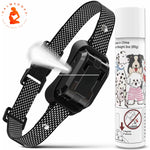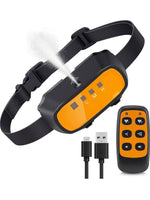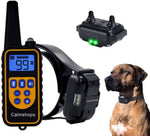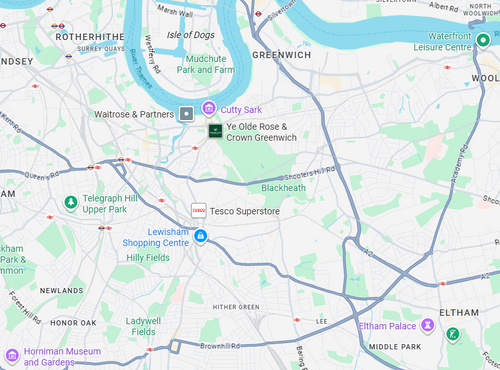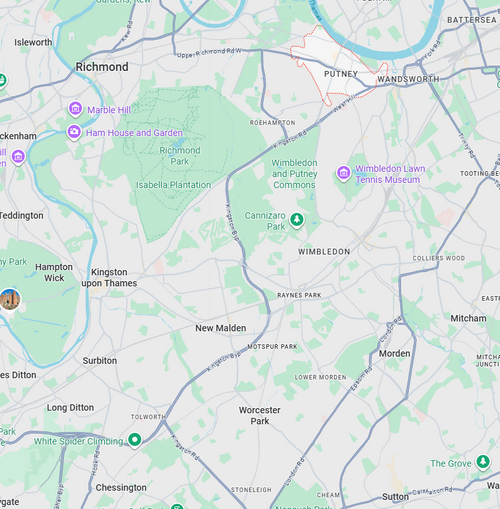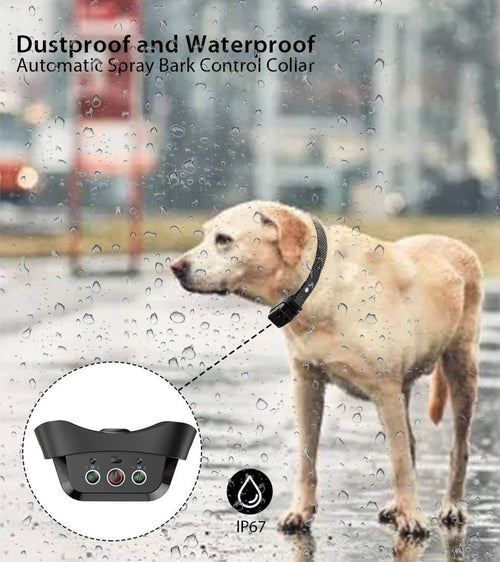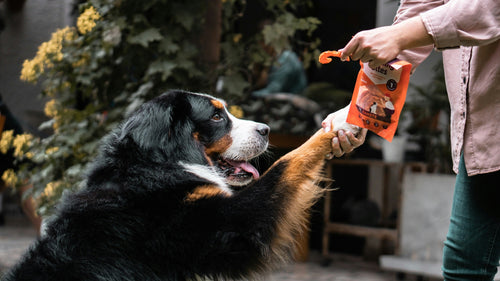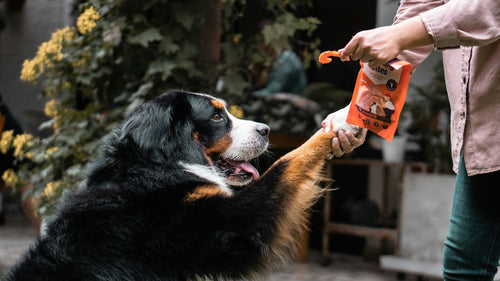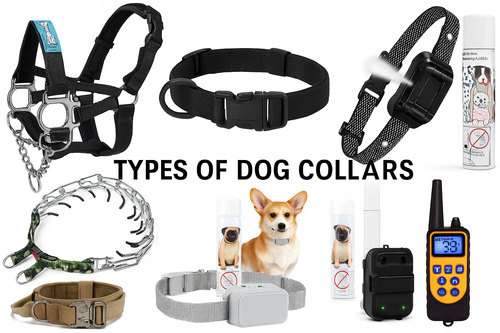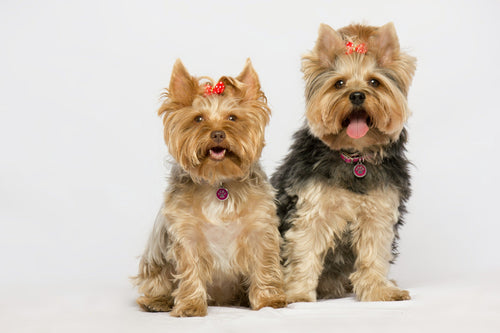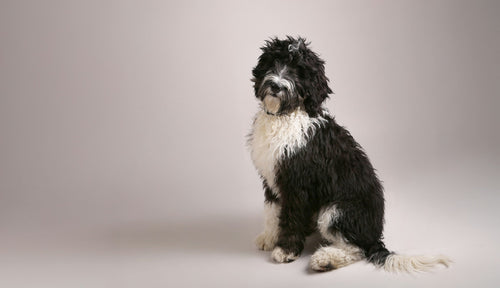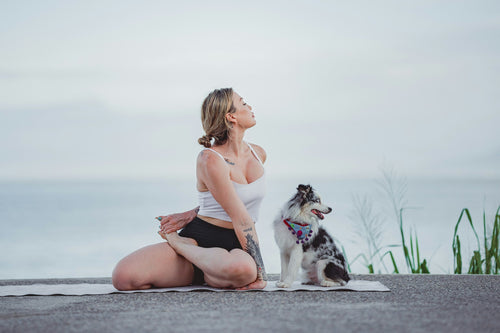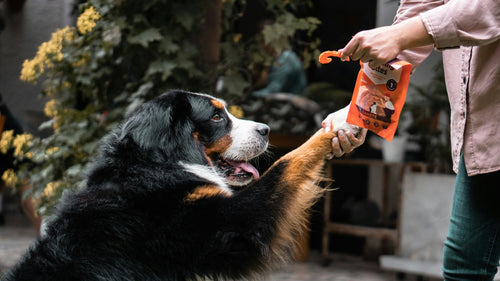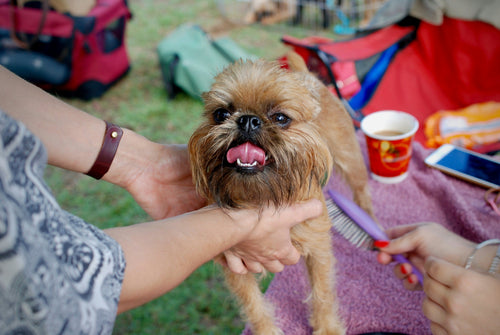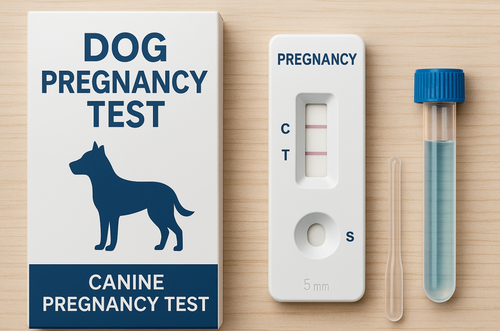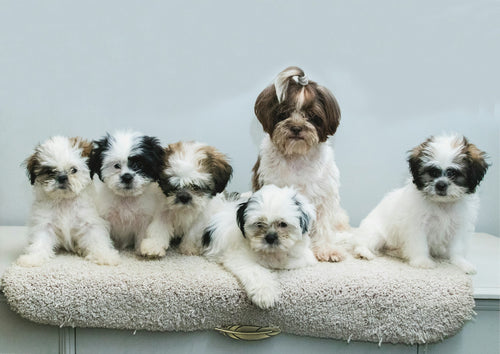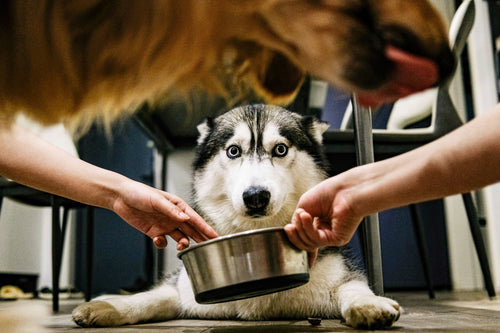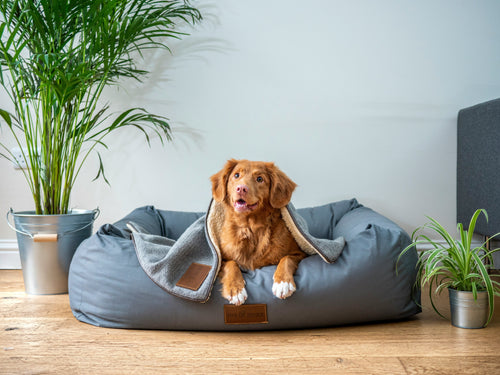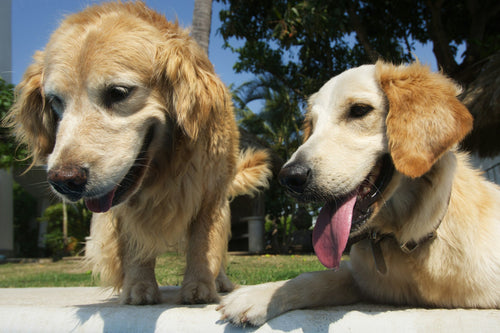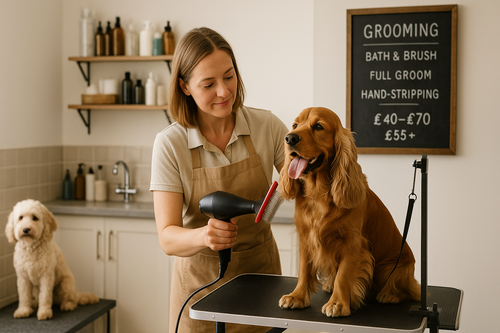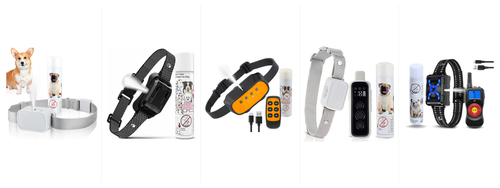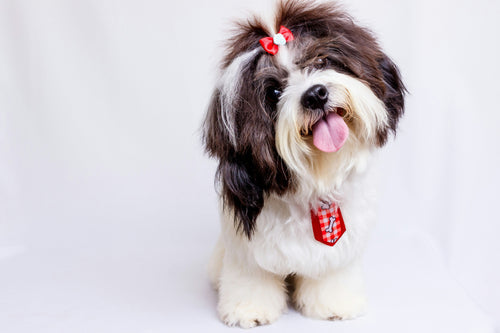First Bark
Dog training has evolved significantly in recent years, embracing positive reinforcement and science-based methods. Whether you’re training a puppy or correcting unwanted behaviour in an adult dog, staying updated on the latest dog training tips and devices is essential for success.
In this guide, we’ll walk you through proven training strategies and introduce you to the most innovative dog training devices on the market in 2025.

Why Training Matters
Effective dog training helps:
-
Build a stronger bond between you and your pet
-
Prevent behavioural issues
-
Ensure safety indoors and outdoors
-
Provide mental stimulation and reduce anxiety

Positive Reinforcement: The Gold Standard
Most trainers today recommend positive reinforcement over punishment-based techniques. This approach rewards good behaviour instead of punishing mistakes.
Basic tools for reinforcement training:
-
Treats
-
Clickers
-
Praise
-
Play sessions
Pro tip: Timing is everything! Use a clicker or marker word to signal the exact moment your dog does the right thing.
Latest Dog Training Tips for 2025
Here are the most effective, up-to-date training methods used by professionals and dog behaviourists:
1. Short and Consistent Sessions
Dogs learn best in 5–10 minute sessions repeated 2–3 times a day. Long training periods can cause fatigue and confusion.
2. Contextual Training
Instead of just teaching commands at home, practice them in real-life situations: parks, cafes, or walks.
3. Reward the Calm
Don’t only reward action—start rewarding calm behaviour. Reinforce your dog when they’re relaxed and quiet.
4. Use Body Language
Dogs understand visual cues well. Combine verbal commands with hand signals for better clarity.
5. Train Using Play
Tug, fetch, or hide-and-seek games can help teach boundaries and reinforce recall.
Best Dog Training Devices in 2025
Modern technology has created a range of smart and humane training tools. Let’s explore the top devices every dog owner should know about.
1. Vibrating Dog Collars
Ideal for deaf dogs or as an attention cue without shock.
How it works:
-
Delivers a gentle vibration on cue
-
Can be triggered by remote or automatic settings
💼 Available at: Calmshops.co.uk
➕ Pros: Humane, silent, effective at redirecting behaviour
❌ Cons: May not work on highly distracted dogs
2. Clickers
A simple and effective tool used to mark desired behaviour.
How it works:
-
Clicker sound = reward is coming
-
Helps pinpoint exact behaviours quickly
➕ Pros: Affordable, easy to use, boosts learning speed
❌ Cons: Requires consistent timing and pairing with rewards
3. Remote Treat Dispensers
Useful for training when you're not in the room, or for separation anxiety.
Popular brands: Furbo, Petcube
➕ Pros: Great for remote reward and observation
❌ Cons: Pricier and dependent on Wi-Fi
4. Interactive Smart Toys
Keep your dog mentally engaged and teach problem-solving skills.
Examples: Puzzle feeders, treat mazes, automated ball launchers
➕ Pros: Promotes independent play and reduces boredom
❌ Cons: Supervision may be needed for some dogs
5. GPS Training Collars with Geo-fencing
Track your dog’s location and reinforce recall training with safe zones.
Example: Fi Smart Collar
➕ Pros: Location tracking, activity monitoring
❌ Cons: Subscription required for full features
6. Citronella Spray Collars
Designed to stop excessive barking by emitting a harmless but unpleasant spray.
How it works:
-
Spray activates when barking is detected
➕ Pros: Shock-free, automatic
❌ Cons: May trigger anxiety if overused
💼 Available at: Calmshops.co.uk
Choosing the Right Device
When selecting a training device, consider your dog’s:
-
Size and breed
-
Temperament
-
Age and energy levels
-
Existing behavioural issues
Always introduce new devices gradually and positively. Avoid shock collars or punishment-based tools, which can damage your dog’s trust and worsen behavioural problems.

Training for Common Behavioural Issues
Barking
-
Use citronella collars
-
Reinforce quiet with treats
Jumping Up
-
Reward calm sits
-
Ignore jumping (no eye contact)
Pulling on the Lead
-
Use no-pull harnesses
-
Practice stop-and-go walking
Chewing
-
Offer alternatives (chew toys)
-
Use bitter sprays on furniture
Recall
-
Use long leads
-
Practice with high-value treats and vibrating collars

Success Stories from Real Owners
Lola the Rescue Pup:
"Lola barked at everything. We switched to a citronella collar from Calmshops and started clicker training. She now responds to 'quiet' and is so much calmer."
Dexter the Beagle:
"Recall was a nightmare. We got a vibrating collar and trained recall with a long lead. Within two weeks, Dexter was returning every time!"
Final Bark
Dog training doesn’t need to be overwhelming or outdated. By using the latest dog training tips and devices, you can create a positive, effective, and respectful training experience for both you and your pet.
Start with foundational skills using treats and praise. Supplement your efforts with smart devices like vibrating collars, clickers, and GPS trackers for long-term success.
Ready to upgrade your training tools? Visit Calmshops.co.uk for dog-safe, humane training devices recommended by UK trainers.





